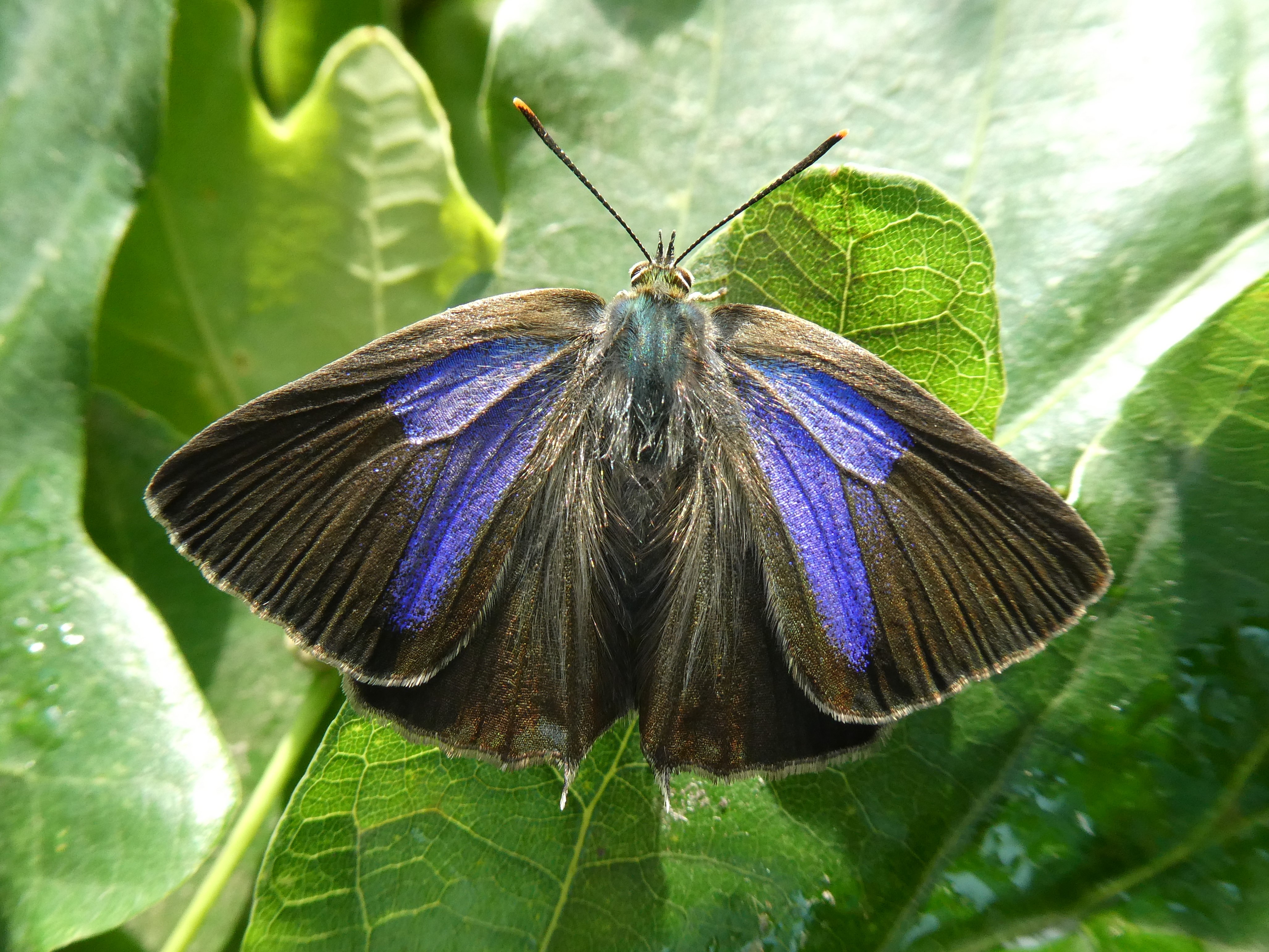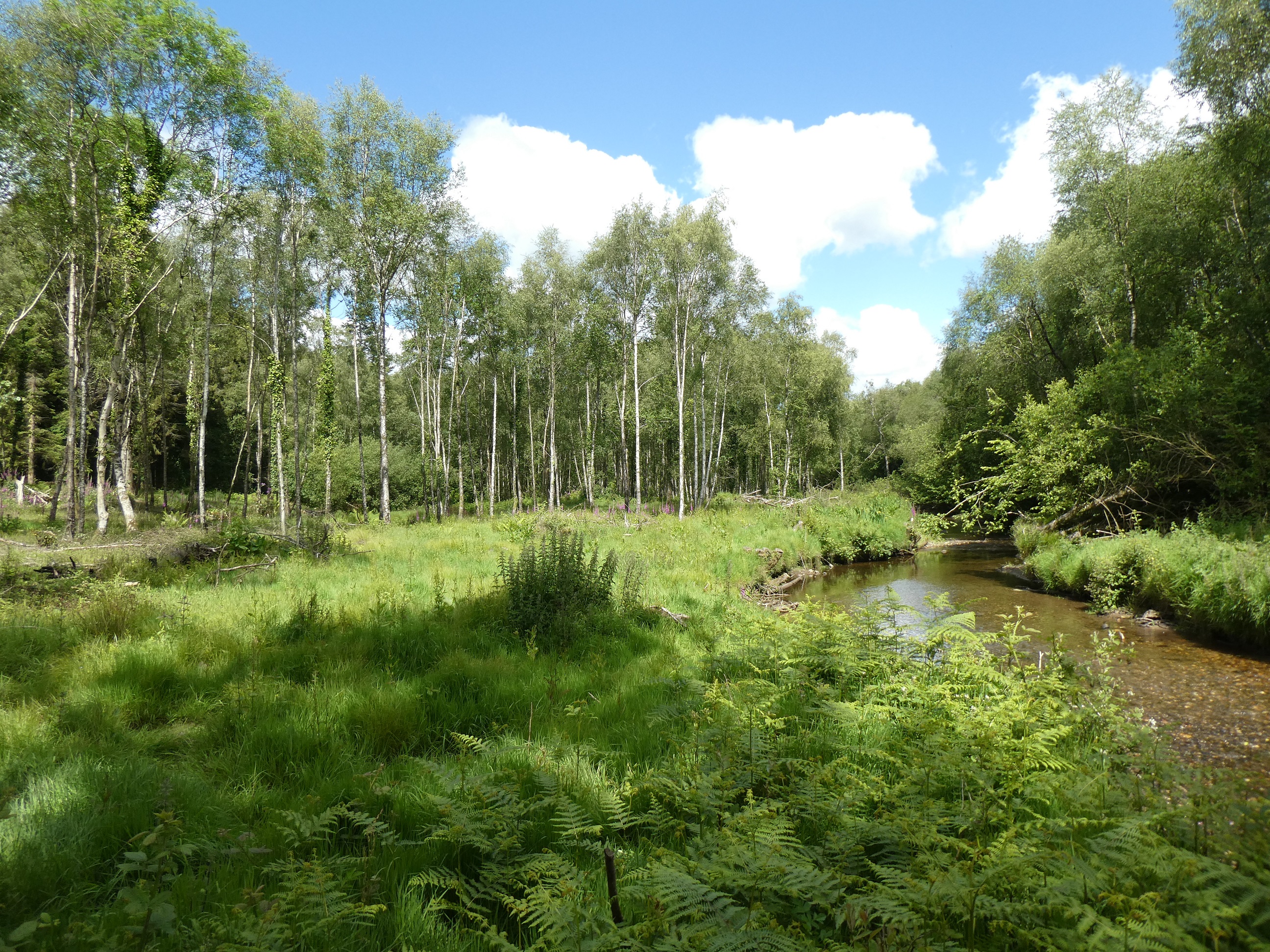Butterfly Conservation Ireland and the owner of an ancient woodland on Coollattin Estate, located just beside the charming village of Shillelagh are collaborating to enhance the estate for butterflies and moths.
The owners have already carried out important work to reinstate native woodland on the estate. Large blocks of non-native species such as rhododendron, laurel, Douglas Fir and Sitka Spruce have been removed. In 2016 10,000 native oaks were planted to restore the ancient oak woods. Oak is vital for one of Ireland’s scarcest butterflies, the beautiful and elusive Purple Hairstreak. Elsewhere, open areas have been left unplanted to grow herbaceous vegetation attractive to butterflies, moths and a range of invertebrates.

However, a great deal of biodiversity loss was sustained during the long period that the estate was mainly under non-native trees and shrubs. Many areas lack low-level vegetation such as grasses, ferns, wildflowers, and other ground covers. Following an assessment of the estate by Jesmond Harding of Butterfly Conservation Ireland in June 2019, a plan is now in place to restore those areas within the woods and to create wildflower habitats in the open areas.
Recommendations aimed at biodiversity enhancement will see the retention of vital native trees including willow, birch, hazel and holly which are rich in associated insects and other invertebrates. Native foodplants of caterpillars will be planted in suitable areas in the woods. One example is the Common Dog-violet for the caterpillar of the Silver-washed Fritillary, Ireland’s largest butterfly. Increasing the nectar resource on the estate for butterflies, moths, bees and other pollinators is also planned.
The overall aim of the project is undoing the damage caused by the commercially-driven forestry practices underpinned by vast planting of non-natives which eliminated native habitats along with the associated animals. Many of Ireland’s butterfly species are in decline. Without the right habitats, this decline will not be reversed. Brian Kingham of Coollattin Estate said: “The return of our native butterflies to Coollattin will be a colourful complement to our newly planted arboretum”.

Jesmond Harding who carried out the assessment commented: “The vision shown by the owner of Coollattin is an outstanding example of generosity and care for biodiversity. At Butterfly Conservation Ireland we urge everyone who has land to embrace this change. Only by restoring natural habitats will a biodiversity recovery occur.
By Jesmond Harding
Edited by Richella Duggan

